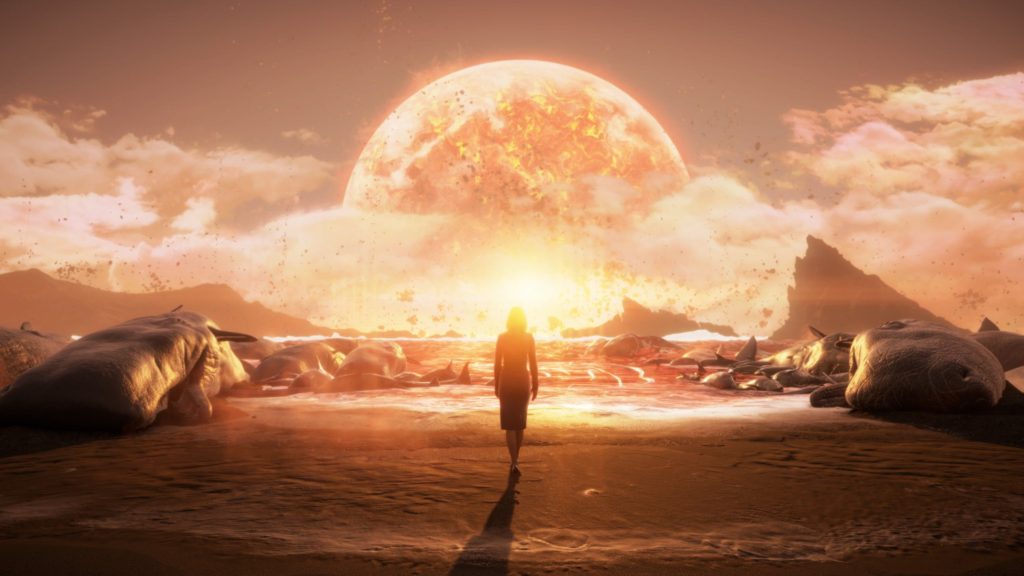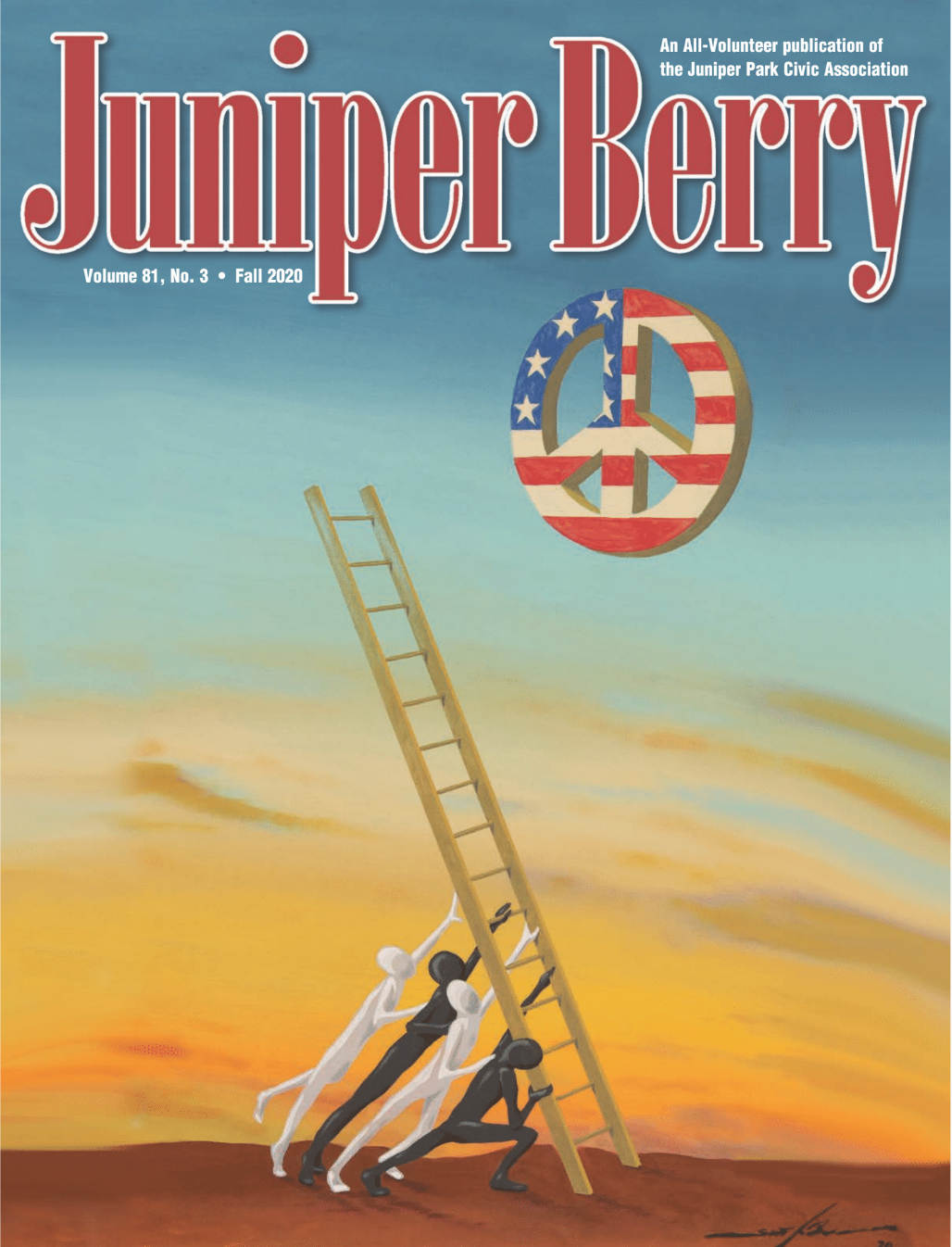Over the horizon you see your destination, an abandoned port city. Rusted ships dot the coastline. Your Timefall warning goes off, and now you’re on the clock. The packages on your back are not immune to the downpour, and you must make it before your deliveries are beyond repair. Do you take a riskier approach by rappelling down a cliff, unsure if your rope will reach the bottom, or take the longer way around, accepting more damage to your cargo?
At its core, Death Stranding is about these decisions. It’s a game where the core mechanics revolve around delivering cargo to other locations in a post-apocalypse, with less emphasis towards traditional shooting game mechanics. It’s centered around getting from one part of the map to another, while at the same time carrying as much cargo as possible.
It’s tough talking about this game without mentioning how it’s been given new life in a post-pandemic environment. America has been broken and shattered. People don’t go outdoors. Sam Bridges receives a directive by the president to reunite the country, delivering needed goods to the cities which have sprung up atop the remains of old America.
Death Stranding is the epitome of a “walking simulator”, a term which has been derided frequently in gaming. But in Death Stranding’s case it’s one of the most unique–if not always best–games I’ve played this year.
Walking is your core draw, hiking across miles of open countryside. Rivers, cliffsides, and the rain are your largest obstacles. You need to use judge how deep rivers are, or else be swept away. If it’s too deep to cross, either use a ladder or other means to cross it. Cliffs must be scaled, as taking too steep an incline will cause you to trip and send your cargo flying. The rain, Timefall, ties into the story. Anything the rain touches will experience accelerated aging–plants, people, and your cargo most importantly of all. The longer you’re out in the rain the more damaged your cargo becomes. If heavily damaged, then the contents expire, and you must start your delivery again. Weight distribution is a factor, with heavier loads causing you to list when turning. If you’re unable to steady yourself, you’ll trip and fall.
This gameplay loop hooked me at first with its simplicity, walking from point A to point B. After a while it became trancelike, with music fading in and out to emphasize new areas you’re exploring. In the easier beginning areas this was especially prevalent as I trudged down certain pathways I’ve explored before. Newer areas, rocky and treacherous, kept me on my toes. The paths towards cities are not direct, and planning is needed to navigate safely and efficiently to your destination.
There are more details I wanted to touch upon, though I’m not able to fit them all in. The celebrity talent involved, the online aspects, and the odd contrast between the game’s serious and humorous moments each could take up many more pages. But to end this look at Death Stranding, many experimental games have been released, but few with a budget as large. While it wasn’t successful in completely winning me over, it did enough to keep me hooked. While it could be a gamble at full price, I’d recommend waiting for a sale to pick it up.




